What is Engineering safety
safety engineering is provide to protective work culture and control of workplace accident that may cause worker injuries or disorders
Read more
We'd like to send you notifications of the latest posts and updates.

PPE serves as a secondary defense. The primary defense involves eliminating or reducing workplace hazards. While PPE doesn't eradicate hazards, it can mitigate injuries. I recall fatal incidents from investigations where, in my view, PPE could have averted tragedies, complementing engineering controls. When engineering controls fail, PPE becomes crucial. In one instance, a worker perished from phosphine exposure; another involved chloroform vapors. A third fatality resulted from a splash of 2-4 dichlorophenol, causing death in 15 minutes. A fourth case saw a worker succumb to delayed pesticide exposure. Appropriate PPE could have saved these young workers, underscoring its vital role. Although PPE doesn't eliminate hazards like engineering controls, it effectively shields against them.
| Body-part | Hazard | PPE Necessary |
|---|---|---|
| Head | Falling objects, shock, chemical spurting | Safety helmet, hard hats, safety caps,heargear. |
| Eye | Chemical splash, dust, flying, particles, gas, welding radiation. | Spectacles, lenses and goggles for chemical, welding grinding,,furnace, dust etc. |
| Ear | High level noise(>90db) | Earmuffs, plugs, inserts. |
| Nose | Dust, toxic gases | Dust mask, cloth mask, rubber mask, fume mask, respirators for dust, gas and vapour, rescuer plus pressure suit, breathing apparatus (O2 or Air), Canister gas masks, air line respirators, chemical / mechanical filters. |
| Face | Chemical splash, flying objects, hot substance. | Face shield, welding screen, furnace mask, face guard. |
| Hand | Hot substance, acid, alkali, pigments, chemicals, handling, cut, sharp edge. | Hand gloves of rubber, PVC, hosiery cotton, leather, asbestos, canvas, fibre glass, electrical rubber gloves, surgical gloves, arm sleeves. |
| Body | Chemicals splashes, hot substance, fire,handling, | Aprons, coats and pants, pressure suit, suits of rubber, PVC etc. |
| Foot/leg | Striking against objects, chemicals falling bodies | Leather or rubber sole shoes, steel toe-boots, antiskid sole shoes, ammunition boots, gumboots, leg sleeves. |
| Overall | Falling from heights, hurt by falling bodies, chemicals | Safety belts, pole strap belt, nylon safety harness, all purpose safety harness belt,Boatswain's chair, hope ladders, nets,safety hooks. |
| No | Material | For the protection Form |
|---|---|---|
| 1 | Metal | Flying particles, falling body, sharp edge, abrasion. |
| 2 | Fibre metal | Sparks, falling body, flying particles, sharp edge, |
| 3 | Metal screen | Sharp edge & abrasion. |
| 4 | Plastic, PVC | Hot liquid, moisture, water, petroleum product, acid, alkali, spark, falling body, flying particles, electric shock, sharp, edge, abrasion, skin protection. |
| 5 | Rubber | Hot liquid, moisture, water, acid, alkali, electric shock, machinery, skin protection. |
| 6 | Conductive rubber | Explosive substance. |
| 7 | Chrome leather | Hot substance, flying, particles sharp edge, abrasion, sparks. |
| 8 | Canvas | Flying particles, sharp edge, abrasion, machinery. |
| 9 | Asbestos | Heat, hot substance, sparks. |
| 10 | Acid proof fabric | Acid & alkali. |
| 11 | Reflective fabric | Hot liquid. |
| 12 | Flameproof duck | Heat, hot substance, sparks, chemicals, flying particles, machinery. |
| 13 | Cotton wool | Heat, sparks, machinery, skin protection. |
| 14 | Cotton canvas | Sharp edge & abrasion. |
| 15 | Steel hoe boot | Falling body, striking. |
| 16 | Non-skis shoes | Moisture, slippery surface. |
| 17 | Wooden sole boot or scandal | Heat, hot substance, moisture, water, acid, alkali, slippery surface, sharp edge, abrasion. |
| 18 | Soft silicon rubber or plastic | Moulded type ear plug. |
| 19 | Plastic goggles with hydrophilic coating | To prevent fogging. |
| 20 | Wirescreen lenses (face shield) | Heavy fog or dampness. |
| 21 | Laser safety goggles (Antilaser eyeshield) | Laser beams. |
| 22 | Aluminised welding helmet | Infrared rays and to reduce heat effects. |
| 23 | Polarising lenses (filtershade lenses) | To prevent glare. |
| 24 | Steel, reinforced plastic & hard rubber | Safety toe boot for foot protection. |
| 25 | Boot with non-ferrous coating and conductive sole | Static charge, friction sparks, and to reduce fire and explosion possibility. |
| 26 | Congress or gaiter type shoes | Work with hot metal in foundry, quick removable shoes without lash. |
| 27 | Non-conductive or insulating (non-metallic shoes) | Electric work. |
| 28 | Flexible metal reinforced stole or inner sole | Construction work and cold metal work with possibility of foot injury. |
| 29 | Plastic shoe cover or cap | Pharmaceutical factory needing higher. |
| 30 | Specially made asbestos clothing | To work with hot metal upto 1650 oC. |
| 31 | Aluminised asbestos or glass fibre and wool lining | To work near a furnace at temperature upto 540 oC for fire fighting. Such proximity clothing should to be utilized to enter into the fire. they are for working from a distance. |
| 32 | Flameproof or flame resistant cloths –THPC, | Nomex or Modaphrilic fabrics Fireproof cloths to work in the fire flames. |
| 33 | Cushion pads or padded duck | To carry heavy or sharp edged load on shoulder or back. |
| 34 | Apron of padded leather, fabric, plastic, hard fibre or metal | For protection of abdomen or middle body parts. |
| 35 | Thermal net cotton go quilted material (decron or nylon) | To work in cold weather (unsuitable to work in hot or fire). |
| 36 | High visibility and night hazard clothing | For construction and maintenance Police and Fire brigade and Traffic hazards. |
| 37 | Disposable clothing (Plastic or reinforced . paper) | In less radioactive work or drug or electronic industry. |
| 38 | Leaded clothing (lead glass fibre, leaded rubber, leaded plastic) | Laboratory work, protection against X and Gamma rays. |
| 39 | Electromagnetic radiation suit | Radar field |
| 40 | Conductive clothing | For linemen to work at extra high voltage. Such clothing keeps the linemen at the proper potentia. |
Head protectors are hard hats, caps and helmets made of aluminium, PVC fibre glass, laminated plastic or vulcanised fibre. They may be fitted with brackets for fixing welding masks, protective face screen or a lamp. The hats and caps are provided with replaceable harness which provides sufficient clearance between the top of the head and shell. Selection is as follows:
| No | Material | Protects against |
|---|---|---|
| 1 | Asbestos | Sparks, hot materials, heat. |
| 2 | Plastic rubber | Hot liquids, moisture, acids, alkalis, electric shocks, dermatitis. |
| 3 | Cotton wool | Sparks and heat, dermatitis, machinery. |
| 4 | Metal | Falling objects, flying particles, cuts, abrasions. |
| 5 | Plastic | Sparks, falling objects, flying particles electric shock, cuts, abrasions. |
| Type | Protects Against | Characteristics |
|---|---|---|
| Safety Helmet (Hard hat) | Falling objects, hitting against obstructions such as low ceilings, beams, scaffold members etc. | Generally made of aluminium alloy, PVC, fibre- glass, or vulcanized fibre. Saddle (geodetic strap suspension) inside to dissipate impact pressure over wide area of head and to provide clearance between the head and the shell of helmet.Chin strap or other device to prevent displacement. Peak and full brim to protect face, neck, ears. Ventilation holes for comfort. |
| Electrical Safety Helmet | Electric shock when working near live electrical lines. | Made of synthetic electrically non-conductive materials (PVC etc.) |
| Welder’s Cap | Falling welding spatters from above. | Made of leather with cloth lining inside. |
| Crash Helmet | Skull injuries in road accidents. | Usually fibre / plastic material with saddle inside, without peak or rim and with chin strap. Covers forehead, temples and lower portion of head (above neck). |
Long hair or beards may be caught in moving machine parts (e.g. belts, chain, in-running nips etc.) while seeing or leaning down or by heavy static charges. Protective caps covering the hairs are useful.
Noise level above 90 dBA is hazardous for an exposure more than 8 hrs/day or 48 hrs/week. It may cause deafness, fatigue, loss of efficiency, irritation and also loss of hearing. Noise level can be measured by a noise average meter or a noise dose meter. Ear plugs or Ear muffs reduce to @ 25 to 40 dBA. Ear plug is made of plastic, rubber or polyurethane foam. Ear muffs covers external ear and provides better attenuation than ear plug.
Eye injuries can be caused by mechanical, chemical, thermal and radiation hazards such as dusts, flying particles, splashes and harmful radiation. Eye protectors are safety spectacles, mono goggles, impact goggles, welding goggles, foundry goggles, chemical goggles, gas tight goggles, face shields, welding helmets etc.
| Type | Protects Against | Characteristics |
|---|---|---|
| Spectacle-type Goggles | Flying bodies (dust, metal chips, etc.) | Plain, shatter – proof, toughened glass or plastic lenses. With or without side shields. Metal or heat –resistant frame. |
| Panorama Goggles | Oil and paint splashes, dust and chip exposure | Light in weight, Non-fogging cellulose clear visor. Ventilation holes on either side. Soft pliable plastic frame wide enough to wear over prescription glasses. |
| Leather-mask Goggles | Smoke, dust, foreign bodies | Sweat lining along edges, ventilation holes with baffles for light and dust. Shatter-proof lenses. |
| Chemical Goggles | Chemicals and toxic dusts | Acid / alkali – resistant rubber frame with clear lenses and shielded ventilating ports. |
| Gas-tight Goggles | Irritating fumes, vapour or gases | Airtight–fitting without ventilating ports. |
| Welding Goggles | Gas Welding/ Cutting. Flames & sparks | Similar to panorama goggles with filter glass of suitable grade and indirect ventilation ports. |
| Welding Shields | Welding Shields Arc Welding / Cutting flames and sparks | Fibre or fiberglass shield, hand-held or suspended from helmet, with window for filter glass. |
Protection of hands and arms are required when workers have to handle materials having sharp end, sharp edges, hot and molten metals, chemicals and corrosive substances. The protective equipment may be gauntlet gloves, wrist gloves, mittens, hand pads, thumb and finger guards and sleeves. Gloves, hand leathers, arm protectors, finger stalls, mittens etc. should not be used near moving machinery or machine parts. Selection guideline is given in Table:-
| No | Material | Protects against |
|---|---|---|
| 1 | Asbestos | Sparks, hot materials, heat. |
| 2 | Chrome leather | Sparks, hot materials, hot liquids, flying particles, cuts, abrasions. |
| 3 | Flame proofed | Duck Sparks, hot materials, heat, flying particles, machinery. |
| 4 | Plastic | Hot liquids, moisture, acids and alkalis, demartitis. |
| 5 | Rubber | Hot liquids, moisture, acids and alkalis electric shock, dermatitis. |
| 6 | Chemical resistant material | Acids and alkalis |
| 7 | Reflective fabric | Hot liquids. |
| 8 | Plastic rubber coated fabric | Hot liquids, moisture, acids and alkalis. |
| 9 | Metal Mesh | Cuts and abrasions. |
| 10 | Cotton Canvas | Cuts and abraisons. |
| Type | Protects Against | Characteristics |
|---|---|---|
| Leather gloves | Cuts, bruises, abrasions, lacerations during handling of metal sheets and other sharp-edged objects and sparks | Plain, cut-resistant leather with or without metal mesh at palm. |
| Aluminised fabric gloves | Flames, intense heat radiation, burn injuries | Heat-resistant aluminized fabric or other special material. |
| Asbestos gloves | -do- | Padding inside for comfort and to withstand high temperatures. |
| Acid / Alkali-proof rubber / synthetic gloves | Corrosive chemicals (organic acids or petroleum products) | Rubber, neoprene or vinyl material. |
| Lead–lined gloves | Ionising radiation (X-rays, gamma rays, etc.) | Rubber, leather or plastic with lead lining. |
| Canvas gloves | Grease oil, dust and dirt which may cause slipping of hands | Fabric or coated fabric . |
| Electirc gloves | Low voltage electric shocks (up to 4000 V) High voltage electric shocks (tested 11 KV) | Made of insulated rubber having required dielectric strength and electrical resistance. Generally red in colour. |
| Barrier Cream | Contact dermatitis from solvents, lubricants and other oils. |
Some typical risks are handling of heavy materials, caustic and corrosive liquids, wet conditions, molten metals, etc. Common foot and leg protective equipment are safety shoes or boots, leggings and footguards. Leg guards (e.g. Cricketer type) are used to protect - shins against impact. Knee pads are worn by mould loftsmen and others who do continual kneeling. Selection is as follows:
Safety shoes/boots may be conductive, non conductive or
spark resistant. Rubber boots are useful to work in wet conditions,
steel toe boots against impact and puncture resistant soles to walk on
surfaces having nails, sharp objects etc.
Electricians need insulated shoes with non-metal parts. Leather shoes are useful to work in wet condition. Wooden soles to walk on hot surfaces and rubber shoes for working with acids and alkalis but not with solvents which dissolve the rubber.
| No | Hazards | Protection |
|---|---|---|
| 1 | Falling, rolling objects and materials | Shoes with steel toe-caps. Aluminium, steel fibre or plastic instep to protect top of feet. |
| 2 | Sharp cutting edges, wood chips, glass shards, nails | Steel spring in –soles. |
| 3 | Chemicals, solvents, alkalis, caustics, bleaches, cutting oils and compounds, grease, creosol. | Non-soluble natural rubber, vinyl, plastic footwear,synthetic rubber, neoprene, cord or cork soles . |
| 4 | Oily floors | Synthetic rubber or chrome leather soles . |
| 5 | Hot surfaces, sparks, metal splashes | Heat-resistant soles, slip-on wooden sandals over shoes; foundry boots with elastic band or buckle for quick removal; trouser legs rolled down over boot tops . |
| 6 | Extreme heat and direct flame | Insulated or aluminized over-shoes or boots of fire-resistant material. |
| 7 | Fungal infection from prolonged exposure to water Lined rubber shoes. | Silicone treated leather or rubber shoes for minor or occasional wetness. |
| 8 | Sparks can ignite flammable gases, liquids and explosives | Shoes with non-ferrous metal parts, steel toes covered with non-sparking material. |
| 9 | Static electricity built up in the body can ignite volatile material | Shoes with special conductive soles of cork, leather etc. |
| 10 | Skids and slips; icy surfaces | Cleated, wooden, non-slip or neoprene soles. Slip-on non skid sandals ; strap-on cleats. |
| 11 | Live circuits or equivalent | Electrically non-conductive standard safety shoes. |
| 12 | Sanitation hazards; Contamination and infection | Special plastic over shoes; paper or shower shoes.Disposable strictly not to be reused. |
Safety footwear must be carefully chosen for maximum protection and its suitability for the particular hazard. Care and proper maintenance are of vital importance.
Footwear must be regularly inspected. Worn-out or defective shoes should be immediately repaired or replaced. Defective footwear should never be worn. Footwear must always be kept clean and dry.
Body protectors are coats, waist, aprons, overalls, jackets and complete head to toe protective suits. Aprons of different materials are used for protection against blows, splashes, radiant heat, flying particles etc. Pads are used to protect shoulders and back from bruises. Impervious clothing of rubber or synthetic fabrics are used for protection against water, moisture, dusts, vapours and liquid chemicals.
Body Protection :- Asbestos combination suit, asbestos jacket, hood, clogs, boots and gloves, mittens, aprons, spats, leggings, furnace mask; rubber apron with hood combined, low weight rubber coated fabric suit, low weight PVC coated fabric suit, heavy duty PVC suit or rubber coated fabric suit, PVC or rubber coated aprons with sleeves, sand or shot blast helmet rubber mat for electrical purpose, vulcanised fibre face mask for radiant heat, PVC splash proof coat, PVC hood with protected ventilator,PVC pressure suit, PV( boiler suit, overall, coat-pant and hood.
Special work clothing includes leather or wool clothing, asbestos or aluminised clothing and flame retardant or fireproof work cloths.
Safety Belts :- Linesman leather belt, leather safety strap or belt, man-hoisting leather belt, safety belt of harness made from leather or cotton webbing, nylon safety belt. Quick-on coverall harness. Suspension harnesses. Wrist rescue systems. Descent system. Total encapsulating suit harness. Linemen's belts. Structural steelworker's, car dropper's and derrick worker's belts, Shock-absorbing lanyards. Retractable lanyard, Retractable lifeline. Winches, Rope grabs. Horizontal lifeline system. Rail slider anchorage connector. Surehold confined space positioning equipment or system.
Skin covers:- the whole body and it is the first defensive barrier for body protection. Therefore skin protection cannot be avoided.
Types of skin affecting hazards can be classified as under :
Heat, Sun, Cold, Wind, Radiation, Moisture, Drying. up(Desiccation)
Blows, Pressure, Abrasion, Cuts, Scrapes,Lacerations, Punture,Bruises, Vibrations,
Burns, Dermatitis, Ulcers, Cancer, Warts, Wrinkles. etc due to variety of chemicals.
Irritation, Lesions, Itching, Dermatitis due to plants, Vegetables, Fruits, Flowers, Woods, Dust & Resins, Leaves, Roots, Stems, Bulbs, sap, Lacquers etc
Bacteria, Viruses, Fungi,Parasites Inserts, Mites, grain itch, Copra itch etc.
Fall protection:- for the body includes safety belts, lifelines (ropes) and lanyards, harnesses (belts & straps with buckles) and fall-arrester devices or safety net.It is important to note that such safety belts and associated equipment are used when fall hazards cannot be eliminated by strong support like railings, floors, platforms etc.
OSHA Standard has prohibited the use of a body belt-only for fall arrest and a fall arrest system is suggested, since 1-1-1998.
Body belts (work belts):-are used to reduce the probability of falls. Chest harnesses are used where there is limited fall hazard (not vertical free fall) such as for removal of a person from a tank or bin. Body harnesses, covering chest, shoulders and thighs, are used to arrest the most severe free falls.
Retrieval method is necessary to shorten the hanging distance after a fall upto 6 ft (maximum limit of free falls, for more fall height, other supporting fixed structure must be provided by fencing, railing, platform, fixed-ladder with platform and handrails etc.). Retractable lifeline, which will be shorten automatically (e.g. spring action) after its full length, can limit falls to inches and avoid prolonged suspension causing high discomfort to a hanging person.
Fall arrester net, if used, should be tied firmly as near as possible under the working place to minimize the fall distance.
Safety Manufacuturing PPE Automation & Mechanization Friction Lubricants Classification of manufacturing advantage and dis. LPG 5S News fire prevention ci vs si engine Gear LPG vs petrol
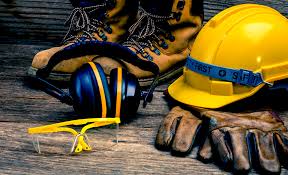
safety engineering is provide to protective work culture and control of workplace accident that may cause worker injuries or disorders
Read more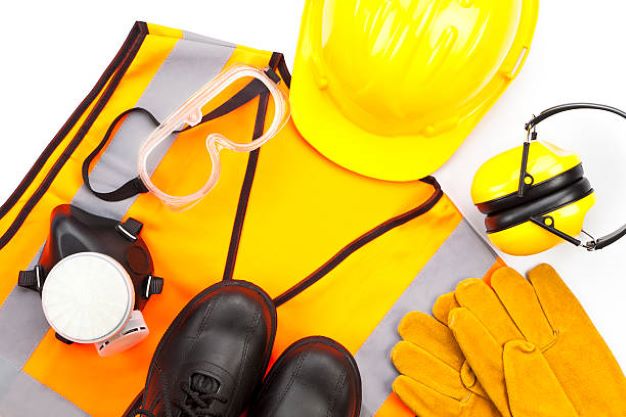
The following general types of safety are considered in the workshop.
1. Safety of self.
2. Safety of job.
3. Safety of machines tools.

Developing a solid safety plan is vital in workplaces, and recreational areas. It starts with a thorough risk assessment to identify potential hazards and assess their possible impact. Equally important is being well-prepared for emergencies, involving the creation of clear plans for different scenarios.
read more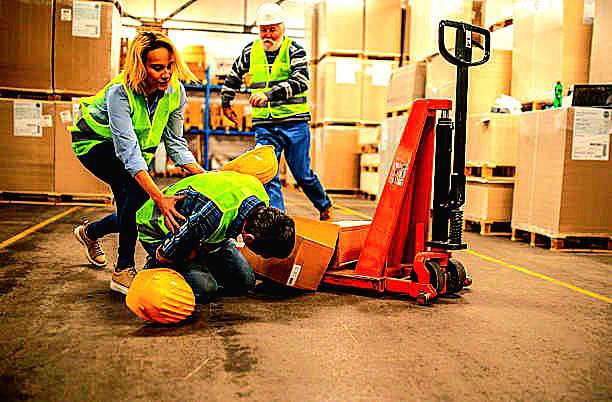
A large number of revolving, rotating, reciprocating and moving parts of machinery can besaid as the sources of danger and require guarding for protection against accidents.
read more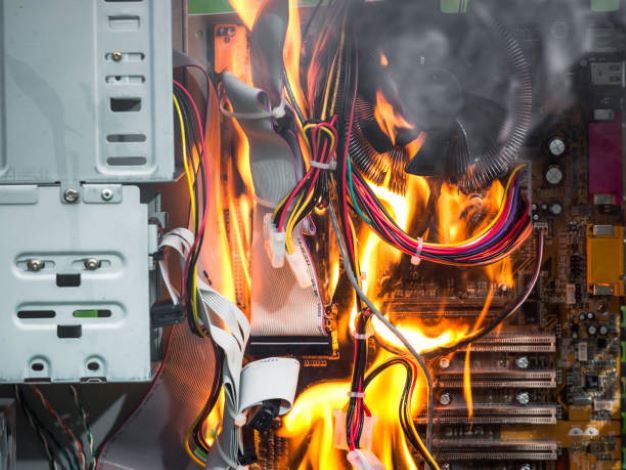
The accidents are unwanted events or mishaps that result in some sort of injury to men, material, machines, tools, equipment and semi or finished product hence, a loss to the whole establishment.
read more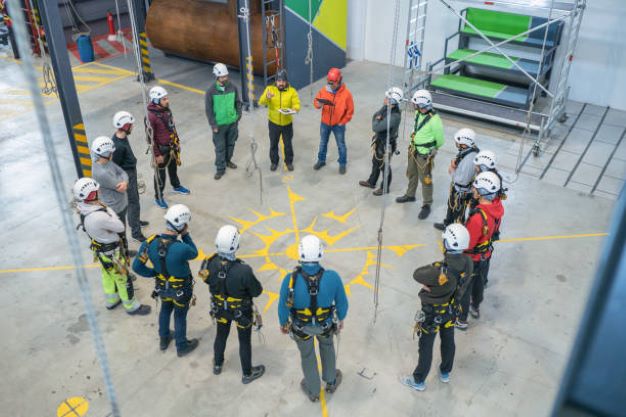
Few safety measures commonly used in industries comprise of the proper safety guards for reciprocating machine components such as drop hammers, presses, shaper, slotter, power hacksaw, paper cutters etc., fencing of dangerous and rotating parts like revolving shafts,
read more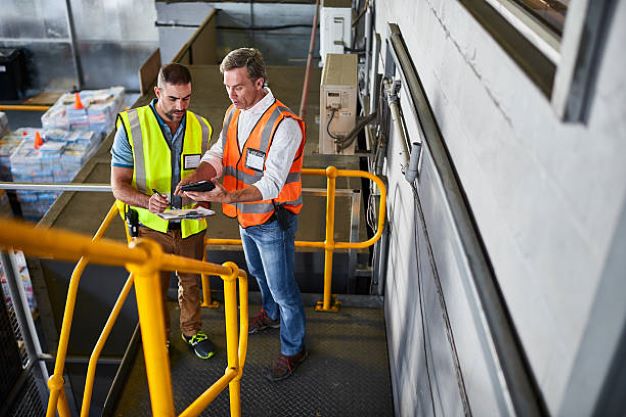
The common methods of safety are as follows:
1.Safety by construction or design.
2.Safety by position.
3.Safety by using fixed guards.
4.Safety by using interlock guards.
5.Safety by using automatic guards.
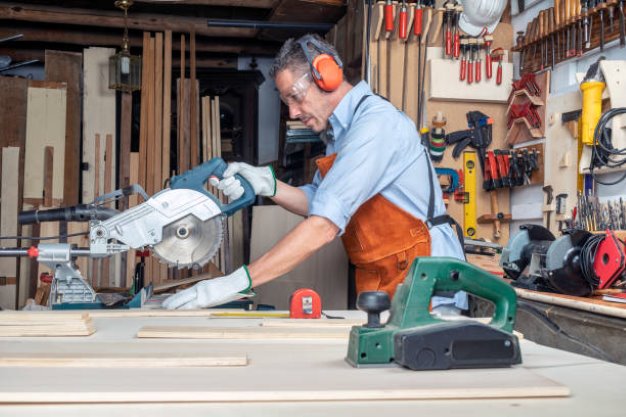
Safety Precautions while Working with Different Cutting Tools: Like as Make files, cutting, Chisels, Saws, Reamers, Tap and Dies, Abrasives.
read more
Safety Precautions while Working with Different hand Tools: Like as Screw Drivers, Wrenches, Hammers.
read more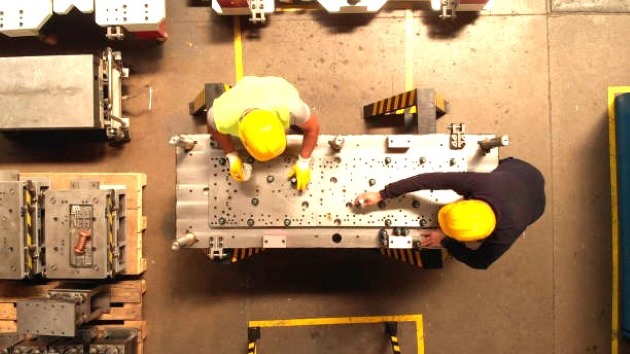
They must be strictly followed for safety. Specific safety guidelines for some of the machine process like lathe, drilling, shaping, planning slotting, grinding, milling, and finishing operations.
read more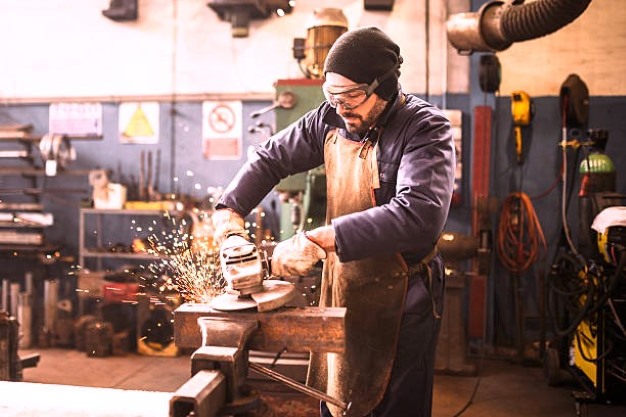
Replace Cracked Grinding Wheels: If you notice that the grinding wheel is badly cracked, replace it promptly. Damaged wheels can lead to accidents during operation.
read more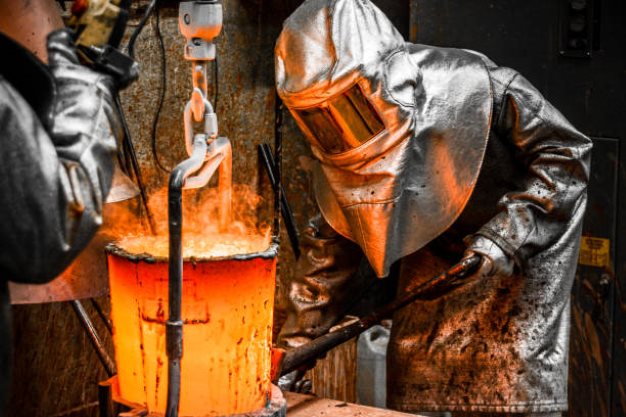
All foundry men should wear protective clothes, glasses, shoes, and gloves while handling molten metal for casting process.
read more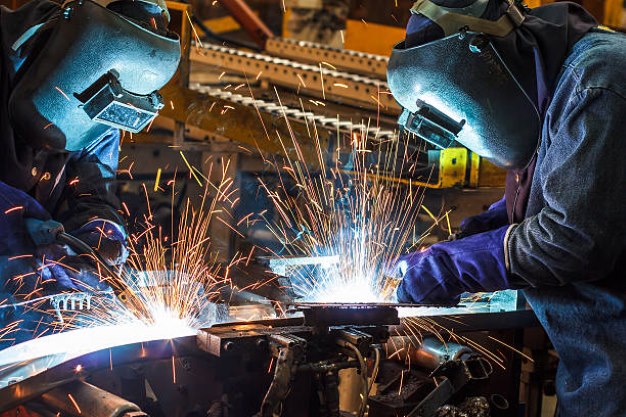
A welding shop is where metal pieces are joined using heat or pressure. Safety and proper equipment are essential for efficient welding processes.
read more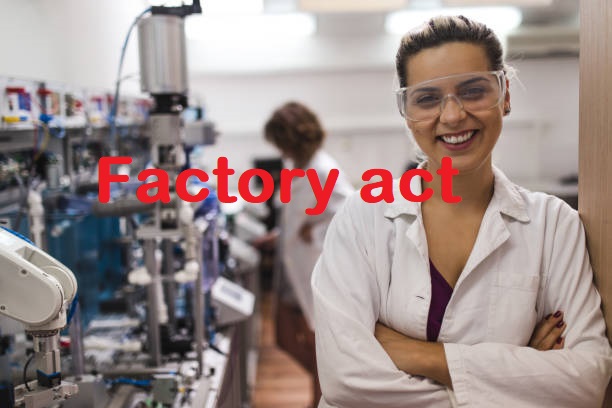
Factory Act is to safeguard workers from industrial hazards and ensure a secure and improved working environment, with specific provisions outlined for the fencing of machinery and other safety measures.
read more
In industry, an inquiry is normally ordered for electrical accident. Items carrying electricity should be properly insulated. Ageing of insulation withstand capacity and should not be allowed to leak current.
read more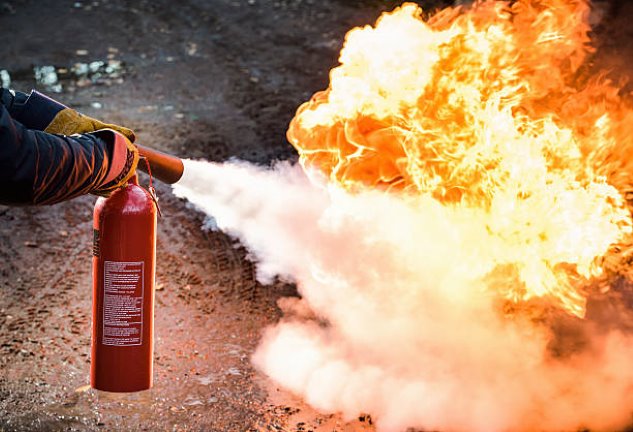
The main factors for combustions are presence of oxygen, availability of combustible materials and rise of temperature to the ignition point for the material The cause of fire accidents may be electric-short circuit.
read more
The main factors for combustions are presence of oxygen, availability of combustible materials and rise of temperature to the ignition point for the material The cause of fire accidents may be electric-short circuit.
read more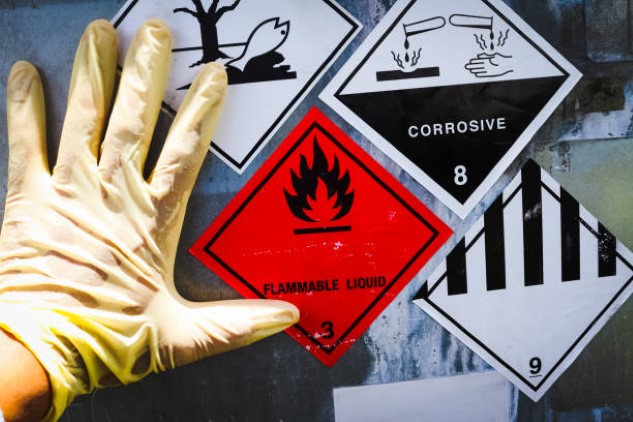
Effects of dusts, fumes, heat, noise and vibration due to hot and cold working of metals and crush and other injuries due to machine tools are discussed earlier.
read more
sometimes accidents may also occur in industries. After major or minor accidents, an injured worker requires immediate preliminary treatment in the absence of same his condition may become highly critical.
read more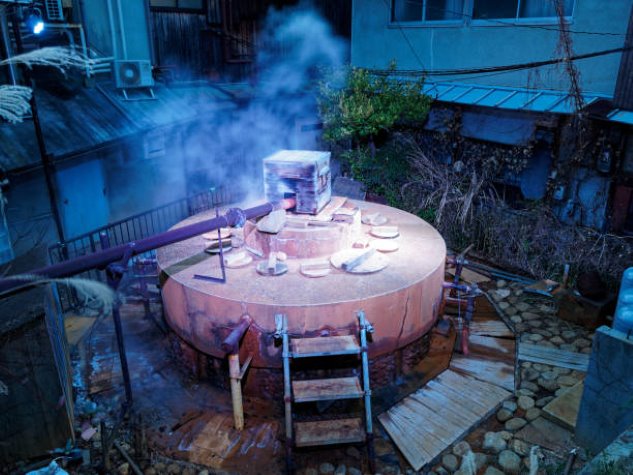
sA Cupola furnace is utilized for melting recycled metal or pig iron to manufacture diverse cast irons. Crucial factors in choosing cupolas include melting capability, shell diameter with or without lining, and spark arrestor.
read more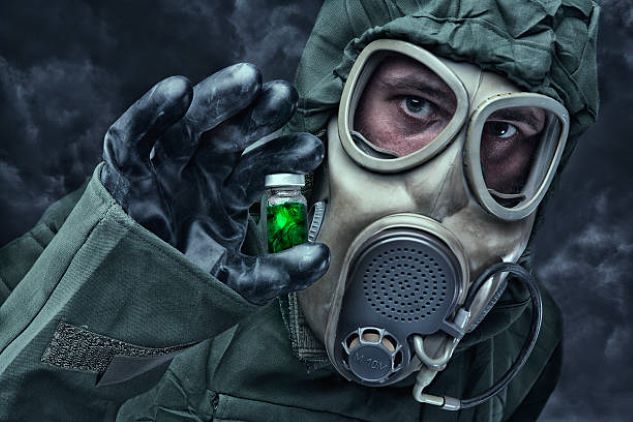
Antidotes are therapeutic agents used to counteract the toxic effects of specific xenobiotics. These are heterogenous group of substances consisting of pharmaceuticals, biological agents and immunoglobulin fragments.
read more
This Glossary of safety to help understand basic term of safety
read moreSafety Manufacuturing PPE Automation & Mechanization Friction Lubricants Classification of manufacturing advantage and dis. LPG 5S News fire prevention ci vs si engine Gear LPG vs petrol
To get first Notification: